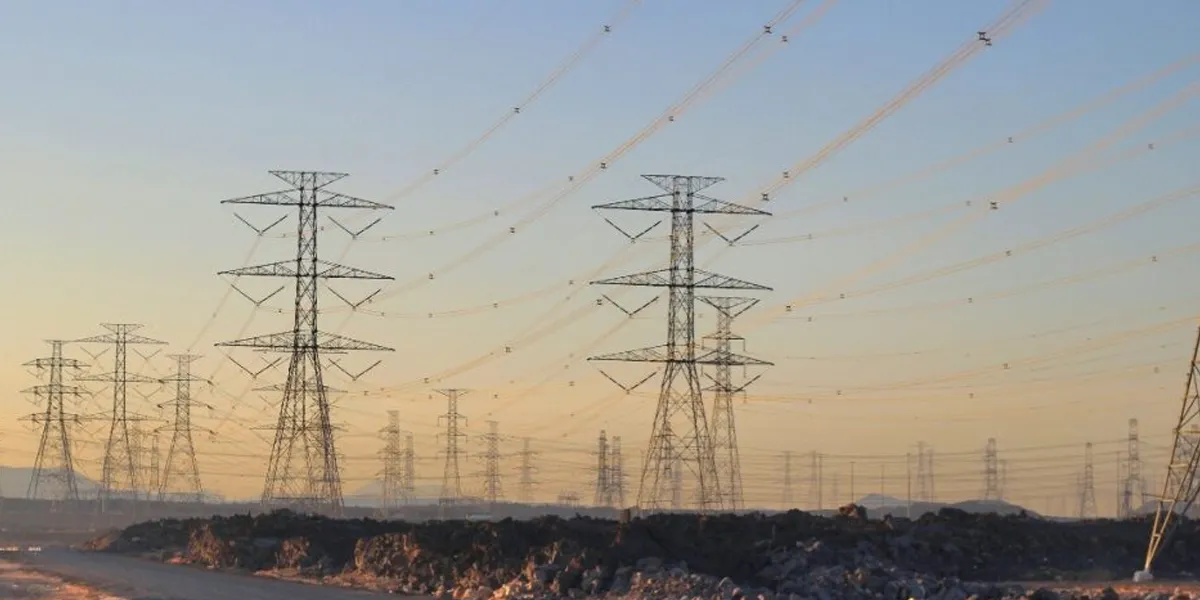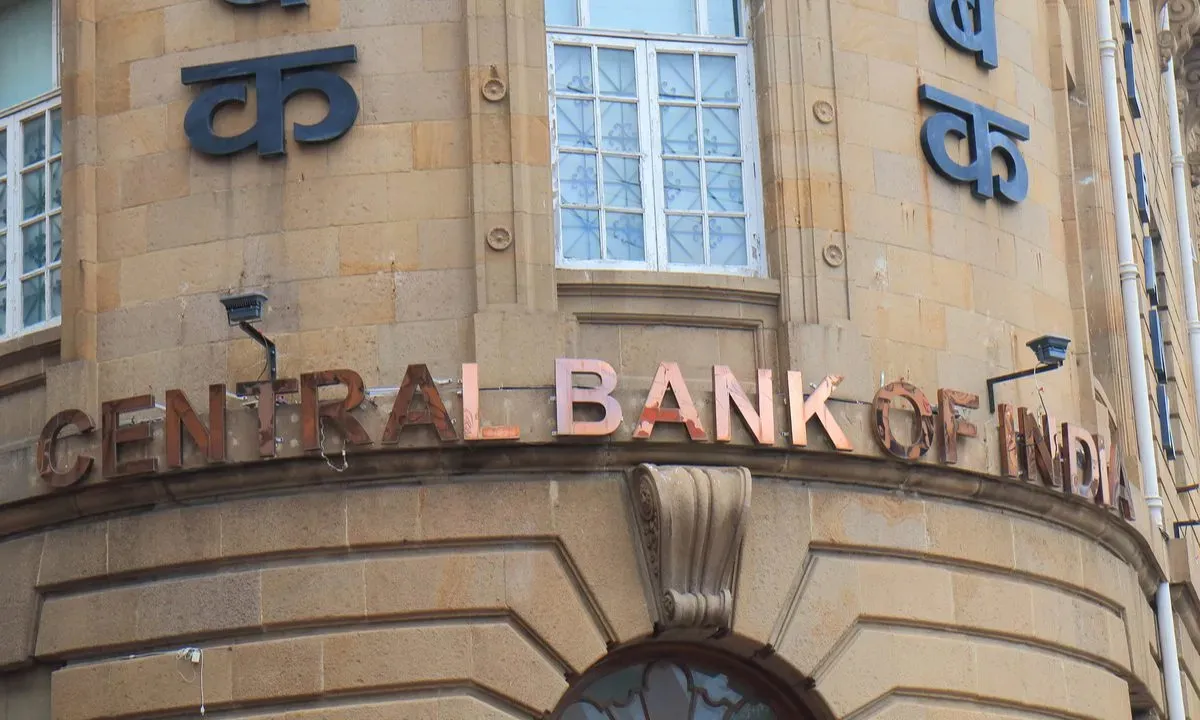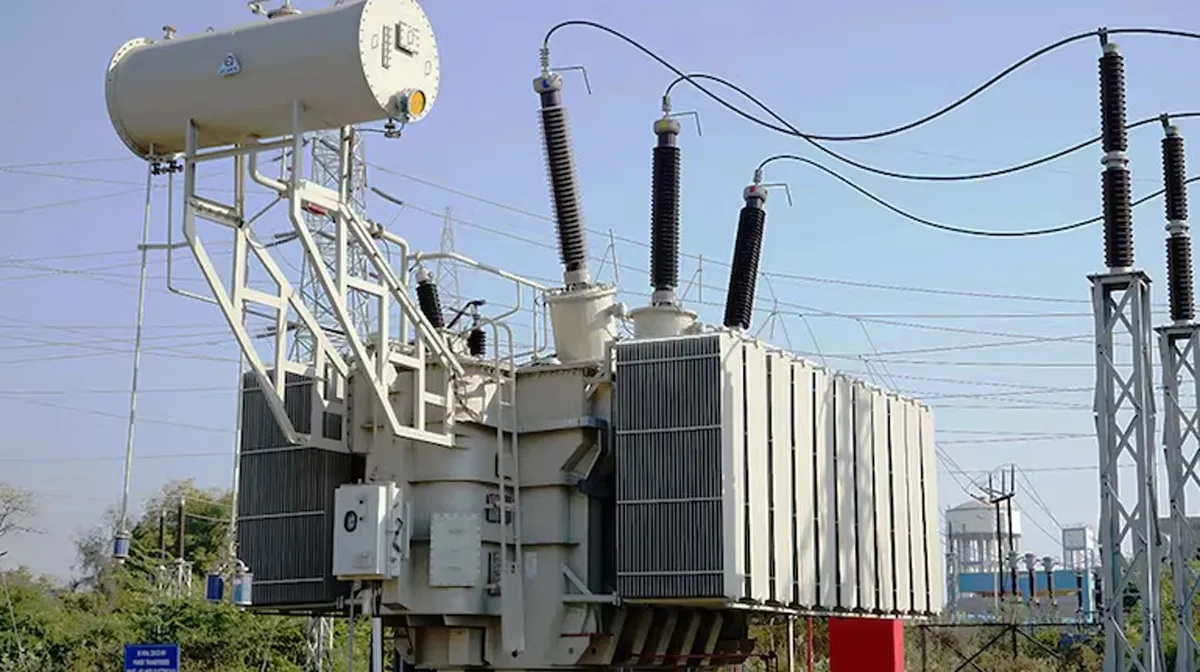It is in our own interest that we incorporate resource efficiencies into our planning process, says Sanjay Seth, TERI
01 Nov 2018
9 Min Read
CW Team
With a mission to attain a cleaner and sustainable future, The Energy and Resources Institute (TERI), along with the Ministry of New and Renewable Energy (MNRE), Government of India (GoI), established Green Rating for Integrated Habitat Assessment (GRIHA) Council to promote the development of green buildings and habitats in India. In conversation with the <span style="font-weight: bold;">CW team, Sanjay Seth, Chief Executive Officer, GRIHA Council and Senior Director, Sustainable Habitat Programme, </span>The Energy and Resources Institute (TERI), discusses the need for green buildings and their future in India.
<p></p>
<p> <span style="font-weight: bold;">Energy-efficiency is close to your heart. Please share your journey.</span><br />
In 2007, I moved into the Demand Side Management and joined the Bureau of Energy Efficiency (BEE), Ministry of Power. Building codes prescribing minimum energy performance standards of the various components of a building, were introduced for the first time and I was given the responsibility of implementing and building capacities at a pan-India level. Merely having the codes in place was not enough. We understood that every state is unique with a different set of priorities; mapping down each state's needs and addressing them was necessary and a huge challenge. During my tenure in BEE of close to a decade, I learnt a lot and eventually was satisfied with the way all states responded. We were able to move 12 states to mandate the implementation of these codes. However, the larger execution still remains a challenge; we realised that we need to be present in the states (24+7, 365 days). So, we developed a unique model of establishing Project Management Units (PMU) with adequate skill sets to work with relevant departments in the state, help them with policy integration, conduct training and capacity building programmes for architects & design professionals, etc. Thereafter, it was very encouraging to see the Public Works Department (PWD)/Urban Development Department taking charge.</p>
<p> <span style="font-weight: bold;">What are the prerequisites while assessing buildings for GRIHA?</span><br />
GRIHA is a very holistic rating which integrates all relevant codes and guidelines issued by various responsible agencies in the country. GRIHA has been made by the people of this country, for the climatic & construction practices of this country and of the aspirations of the people of this country. So essentially like our constitution, GRIHA is by the people, for the people and of the people. We have different methods of operating these buildings. Unfortunately, the initial ratings adopted in the country were aped from the west. GRIHA takes into account all factors, right from concepts of design, to commissioning, to social aspects like sanitation, health and safety of construction labourers. A final rating is granted only when the building is fully operational.</p>
<p> <span style="font-weight: bold;">After certification, how do you track their maintenance of these standards?</span><br />
The rating is initially given for five years. After that, we need to keep auditing it every five years which is mandatory to get the rating renewed. The underlying principles of GRIHA is, 'What gets Measured, gets Managed.' So, we need to keep measuring and reviewing over a period of time to see whether the building is being operated and maintained well or not. It's but natural that buildings undergo wear and tear while in operation and are likely to not perform as per the design intent. Our checks are done at the initial design stage, construction stages and once the building gets commissioned, whereafter a provisional rating is provided. Once we see that occupant comfort conditions are properly met, and the project is performing conforming to predicted energy, water and waste efficiencies, the final rating is awarded. A set of guidelines on in-house checks and balances to ensure that they are operated as per their design intent is also provided.</p>
<p> <span style="font-weight: bold;">Last year, GRIHA launched a rating for affordable housing under the Government. Please tell us more.</span><br />
During the annual flagship event - "GRIHA Summit", the theme for 9th Summit was "Sustainable is Affordable". This was aptly chosen keeping in mind the impetus of the government towards the affordable housing sector. The new GRIHA variant on affordable housing was launched by the Ministry of Housing & Urban Affairs during the Summit. It is of utmost importance that affordable projects also provide the basic thermal & visual comfort to the occupants and the designs incorporate all this. It is important to note that as purchasing power and the aspirations of occupant's increases, the demand for appliances would grow. However, these increasing operational loads would have minimal impact on their pockets in terms of operational energy. We are working very closely with the Gujarat government to start ratings for the 1st set of buildings under the affordable housing segment. </p>
<p> <span style="font-weight: bold;">GRIHA Council was recently in the news in Maharashtra for signing an agreement with PWD. Could you please elaborate?</span><br />
This is indeed a landmark step in the country. Maharashtra PWD is the first state to come forward and sign an agreement with GRIHA Council to ensure that all public constructions under PWD are resource efficient and green. I would like to acknowledge the leadership provided by Shri Chandrakant Dada Patil, Hon'ble Minister for Revenue, Relief & Rehabilitation, and Public Works (excluding Public Undertakings). Govt. of Maharashtra and the immense support of all the officials of the department to enable this. The Public Works Departments have a huge work force of trained engineers, architects who just need to be trained on the additional aspects of sustainability and the requirements of the rating tool. Under the agreement, GRIHA Council would provide on the job training to the officials of PWD Maharashtra and help them become GRIHA Certified Professional after undertaking an examination. This would enable the state to develop a cadre of green building professionals and reduce their dependence on external consultants for undertaking such projects. While doing so, GRIHA Council would continue to provide over-sight, ensure checks & balances and retain the rating process. These GRIHA Certified PWD Professionals will work together with GRIHA Council for the documentation of their projects, costs of which will be reimbursed to the PWD by GRIHA Council on pro-rata basis. </p>
<p> <span style="font-weight: bold;">How have policies helped energy-efficiency in buildings?</span><br />
For any new instrument to be effective, both the top-down and bottom-up approach is essential. While the government has well defined policies for energy efficiency in buildings, the ratings provide a pull for effective implementation of these policies. As already said earlier, GRIHA is a very holistic rating which integrates all relevant codes and guidelines issued by various responsible agencies in the country. Construction is a very dynamic industry where new technologies come in all the time. Therefore, it is essential for policies and guidelines to respond to the market dynamics. </p>
<p> <span style="font-weight: bold;">ECBC is currently under voluntary adoption in India. Please comment.</span><br />
Ideally, this question is best answered by Bureau of Energy Efficiency (BEE), Ministry of Power, as I no longer work there. However, as informed earlier, 12 states have issued mandatory notification either under the provisions of the Energy Conservation Act or integrating it within existing building bye-laws. It may also be noted that of the 36 States and UT's in our country, the 12 states which have mandated ECBC are among the 22 which account for bulk of the large commercial development. BEE is now in the process of finalizing a set of residential codes as well.</p>
<p> <span style="font-weight: bold;">While importing building materials, price and quality become an issue. What are your views on this?</span><br />
Along with the Government, we are very clear that India should not become a dumping ground for obsolete technologies. For a rapidly urbanising country like ours, construction activities require huge amount of material. It is therefore in our own interest that we incorporate resource efficiencies into our planning process. Integrating resource efficiency at the initial design stage will demystify the myth that green costs more. Even if there is a small incremental in the up-front costs, it pays back very quickly over the life of the project. Moreover, with the increase in demand of new quality products and technologies, the economies of scale would substantially bring down the price and at the same time ensure quality. Many such programmes of the government are testimony to this, such as the very successful LED Bulb programme, which has not only helped in eliminating sub-standard products from the market, but also provided quality products at affordable rates.</p>
<p> <span style="font-weight: bold;">Why is it important for India to be resource-efficient?</span><br />
A lot of challenges and opportunities revolve around urbanisation. For a developing country with enormous amount of construction happening , we need to ensure that resource efficiencies are observed at every stage. In our own interest, we need to adopt these in our practices and planning processes and whatever we aspire to. For India, this will only spur growth, consumption and keep the country in sync with the work being done at the global level.</p>
<p></p>




















